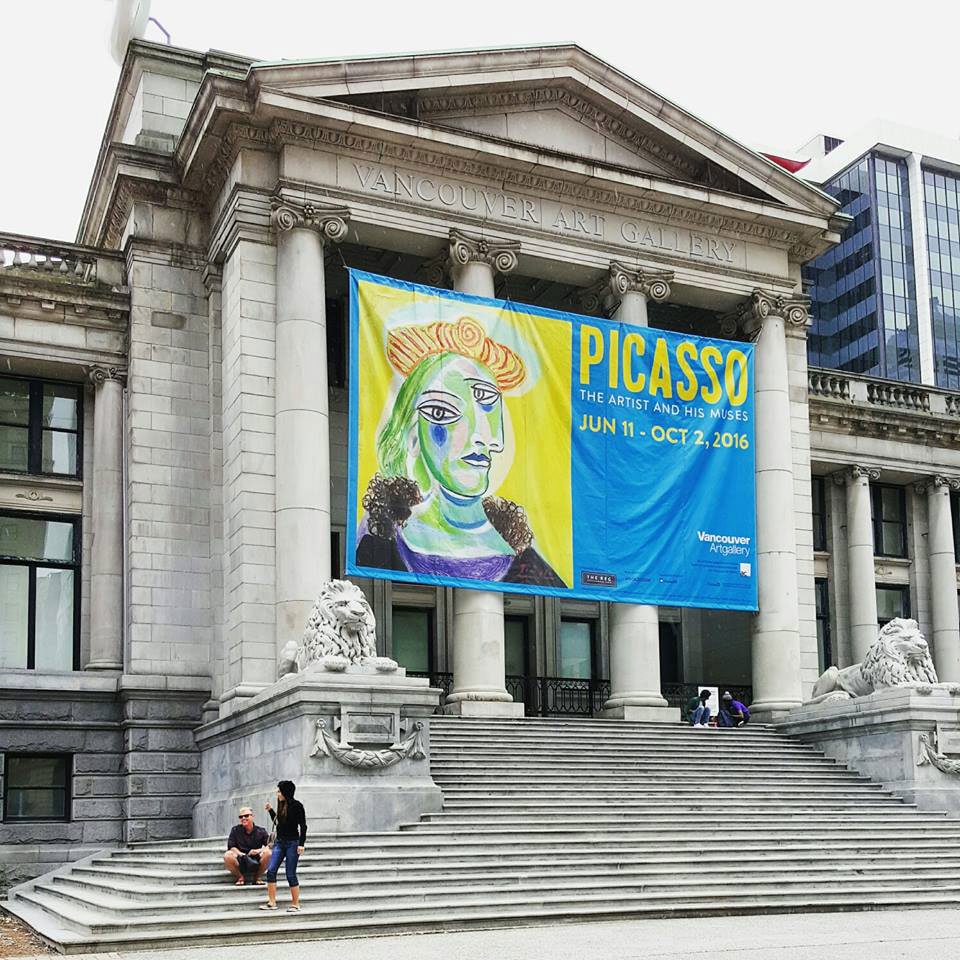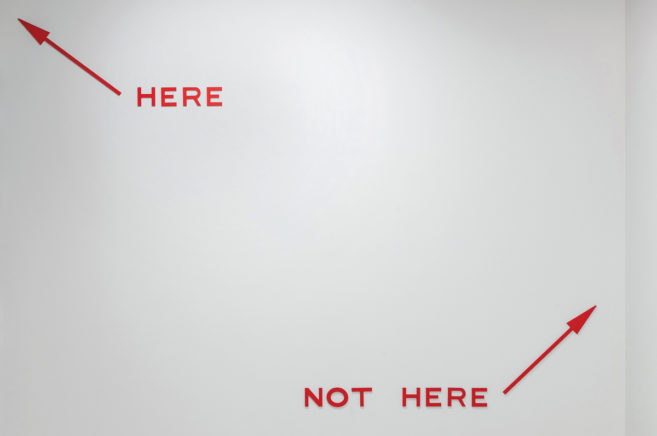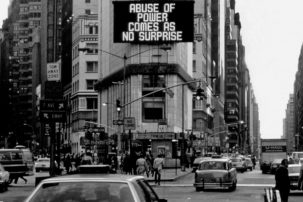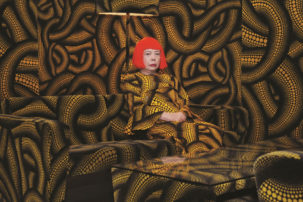Muses are always in service of something, in subordination of someone. But hey, at least they’re essential, maybe immortal. After all, where would art be without its muses—the bourgeois bohemianism of Andy Warhol without its archetypal “poor little rich girl,” Edie Sedgwick, or the exhibitionism of Jeff Koons’s Made in Heaven without Cicciolina?
Indeed, why stop at one? The Greeks had nine. Picasso had six: Fernande Olivier, Olga Khokhlova, Marie-Thérèse Walter, Dora Maar, Françoise Gilot and Jacqueline Roque, all talented and trailblazing women in their own right, though remembered for sharing the same man. Their biographies are brought together to frame “Picasso: The Artist and His Muses” at the Vancouver Art Gallery, an exhibition of Picasso’s portraiture that opened last weekend.
It’s surprising to see such a biographical focus within an exhibition, especially in an era that is so skeptical of the canon and its gendered exclusions. “I wanted to do an exhibition that would arch from Picasso’s time in the Montmartre to his late style, and of course his work was very much dominated by his portraiture,” says the show’s curator, Katharina Beisiegel.
And while Picasso’s work was dominated by portraiture, his portraiture was dominated by personality. “To create great art, he had to be involved with the people he was painting,” says Beisiegel. “And that led to the idea of focusing on the women who had the greatest influence on him, and who he influenced. I like to use the term ‘creative osmosis,’ because it worked both ways for a lot of the women.
“There’s a great exchange with Françoise Gilot, who was an ambitious and very young painter…and he had an interest in her as a painter, and I think there was a lot of exchange going on between the two of them. And then especially between Dora Maar and Picasso, they worked closely together. You have these photographs of hers that play on his paintings, and a lot of paintings by him that almost play with double exposure.” (Although the monographic show only features work by Picasso.)
But even if the influence was mutual, can the muse/master relationship ever be anything but sexist?
“We’re putting the focus on the women,” argues Beisiegel. “We’re opening each section with biographical information, pictures of the women. We tell their stories—which begin before Picasso and end after him. We’re not only focusing on the time they spent with Picasso. Those were accomplished women. Françoise Gilot is still alive; she’s still painting every day. And it would be wrong only to focus on their time with Picasso.”
This extends to the catalogue. Authored by women, it introduces scholarship that had previously gone undiscovered. Included are details about Olga Khokhlova’s extensive touring as a dancer, for example, and unpublished photographs. “She was a ballet star. She was not just any dancer; she was really the lead of the company. She travelled the world before she married Picasso,” says Beisiegel.
“And when we look at the way these stories have been told before, it always seems that their stories have only been told through the eyes of Picasso,” she says. “We’re trying to balance that now, focusing on their stories as well.”
It is important to note that some of these stories ended badly. Poverty, suicide, mental institutions. Beisiegel is careful not to generalize about Picasso’s relationship with women (“It would be too ambitious for a portraiture show; I think that’s playing into the legend-building,” she says). But perhaps we can say something about the muses—namely, that they’ve been relegated to the category of the mad wives and mistresses of Modernism, alongside so many others (Vivienne Eliot, Jane Bowles, Zelda Fitzgerald). Little surprise that so many fared poorly. As Kate Zambreno argues in Heroines, “Perhaps Madame Bovary’s disease is not boredom. It’s being trapped as the character in someone else’s novel.” Perhaps Maar’s disease was being trapped as a figure in someone else’s painting.
Can you update your house’s paint colours to solve a crack in the foundation? “For the first time we focused on the biography of these women, and focused on their stories. And then tried to tell the stories behind the paintings and behind the artworks. And so we have a balance: Picasso’s male gaze, and then the stories of those women,” says Beisiegel. “And we make it clear that these were extraordinary women: they were beautiful women, of course, and they posed for iconic artworks. But also they had very interesting lives, and there’s a story to be told about these lives.”
Simone de Beauvoir, writing in 1949, argued that, “She is defined and differentiated with reference to man and not he with reference to her; she is the incidental, the inessential as opposed to the essential. He is the Subject, he is the Absolute—she is the Other.” De Beauvoir was thinking about women generally—perhaps the muse serves as woman’s most exaggerated manifestation.
Wife, muse, partner—these are still default roles for women in the arts. When Camille Henrot was at the awards reception for the Prix Ricard, for which she was a nominee, a female gallerist asked her, “Whose girlfriend are you?” A muse would have a simpler answer.
“Picasso: The Artist and His Muses” continues at the Vancouver Art Gallery until October 2, 2016.

 The Vancouver Art Gallery, with an advertisement for its exhibition "Picasso: The Artist and His Muses." Photo: Facebook.
The Vancouver Art Gallery, with an advertisement for its exhibition "Picasso: The Artist and His Muses." Photo: Facebook.







